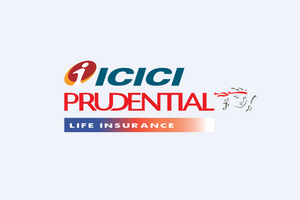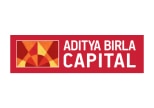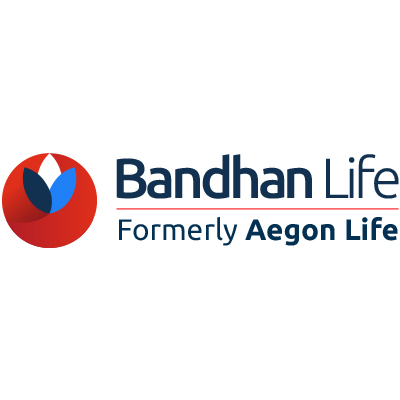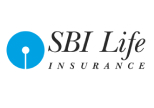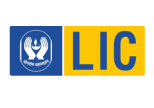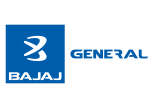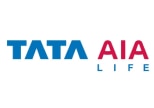What are the Investment Options Available That Provide High Returns on Investment?
Table of Contents
Many people are looking for excellent investment opportunities that would allow them to multiply their money in months or years while posing little or no risk. Sadly, no investment strategy provides a high return while also posing a low risk. Risk and return are inextricably linked in reality; higher returns imply higher risk, and vice versa. Thus, before investing, it is best to match your risk profile to the product associated risks. For your convenience, the following article lists some of the best investment options that provide high returns.
What are the Investment Options Available That Provide High Returns on Investment?
When it comes to saving for their financial objectives, here are several investment options to consider.
1. Pradhan Mantri Vaya Vandana Yojana (PMVVY)
It is a savings account for people over the age of 60 years that guarantees a 7.4% yearly return. Depending on your preferences, your pension income may be paid monthly, quarterly, half-yearly, or annually. The minimum and maximum monthly pensions are respectively Rs 1,000 and Rs 9,250. A total investment of Rs 15 lakh is allowed under the scheme. The project is expected to span ten years and will be completed on March 31, 2023. At the end of the term, the elderly citizen receives a refund of the amount invested. Furthermore, in the event of a senior citizen's death, the money will be paid to the nominee.
2. Bank Fixed Deposit (FD)
A bank fixed deposit is considered a safer investment option in India than stock or mutual funds. As of February 4, 2020, the deposit insurance and credit guarantee corporation (DICGC) guidelines cover each depositor in a bank for both principal and interest up to a ceiling of Rs 5 lakh. The maximum principle and interest coverage was formerly Rs 1 lakh. Depending on one's needs, one can choose among monthly, quarterly, half-yearly, yearly, or cumulative interest options. It is important to remember that the interest rate is applied to one's earnings and taxed according to one's income category.
3. Equity Mutual Funds
The term "equity mutual funds" refers to mutual funds that invest primarily in stocks. An equity mutual fund scheme must invest at least 65 per cent of its assets in stocks and equity-related instruments, according to the Securities and Exchange Board of India (SEBI) Mutual Fund Regulations. Returns in an actively traded fund are primarily determined by the fund's ability to generate return opportunities. Index funds and exchange-traded funds (ETFs) that are passively managed track the underlying index.
4. Real Estate
Real estate, which is one of the fastest-growing industries, provides significant investment opportunities in housing, retail, commercial, manufacturing, and hospitality, among other areas. Real estate, on the other hand, is highly illiquid in comparison to other asset classes. Obtaining the necessary regulatory licences is a considerable added risk, which has been well managed since the establishment of the real estate regulator.
5. Unit Linked Insurance Plan (ULIPs)
Under a single policy, unit-linked insurance policies give the life guaranteed both life coverage and investment prospects. A portion of the premium is used for coverage, while the remainder is invested in debts, equities, and bonds that are appropriate for the life assured's financial goals and objectives. It's a long-term investment that will help you get the most out of your money.
6. Public Provident Fund (PPF)
As the earned interest and invested money are backed by a government guarantee, it is a safe investment. Furthermore, since PPFs have a 15-year tenure, tax-free interest compounding has a substantial influence, especially in the later years. It should be remembered, however, that the government adjusts the PPF interest rate every quarter.
Conclusion
Some of the assets mentioned above are fixed-income, while others are financial market-related. Both fixed-income and market-linked assets have a role to play in wealth creation. Market-linked investments offer a lot of potential for profit, but they also have a lot of potential for risk. Fixed income investments help to preserve the money that has been acquired to reach the intended outcome. As a result, it's best to use the advantages of both environments for long-term goals. Furthermore, when considering taxation, risk, and time horizon, you should keep a balanced mix of investments.
Also read - Which Type of Life Insurance Policy Should I Go For?
Disclaimer: This article is issued in the general public interest and meant for general information purposes only. Readers are advised not to rely on the contents of the article as conclusive in nature and should research further or consult an expert in this regard.










